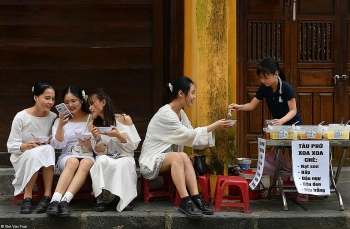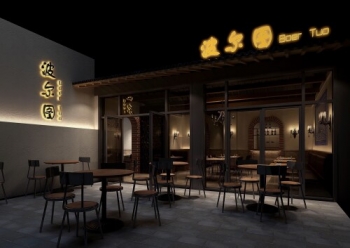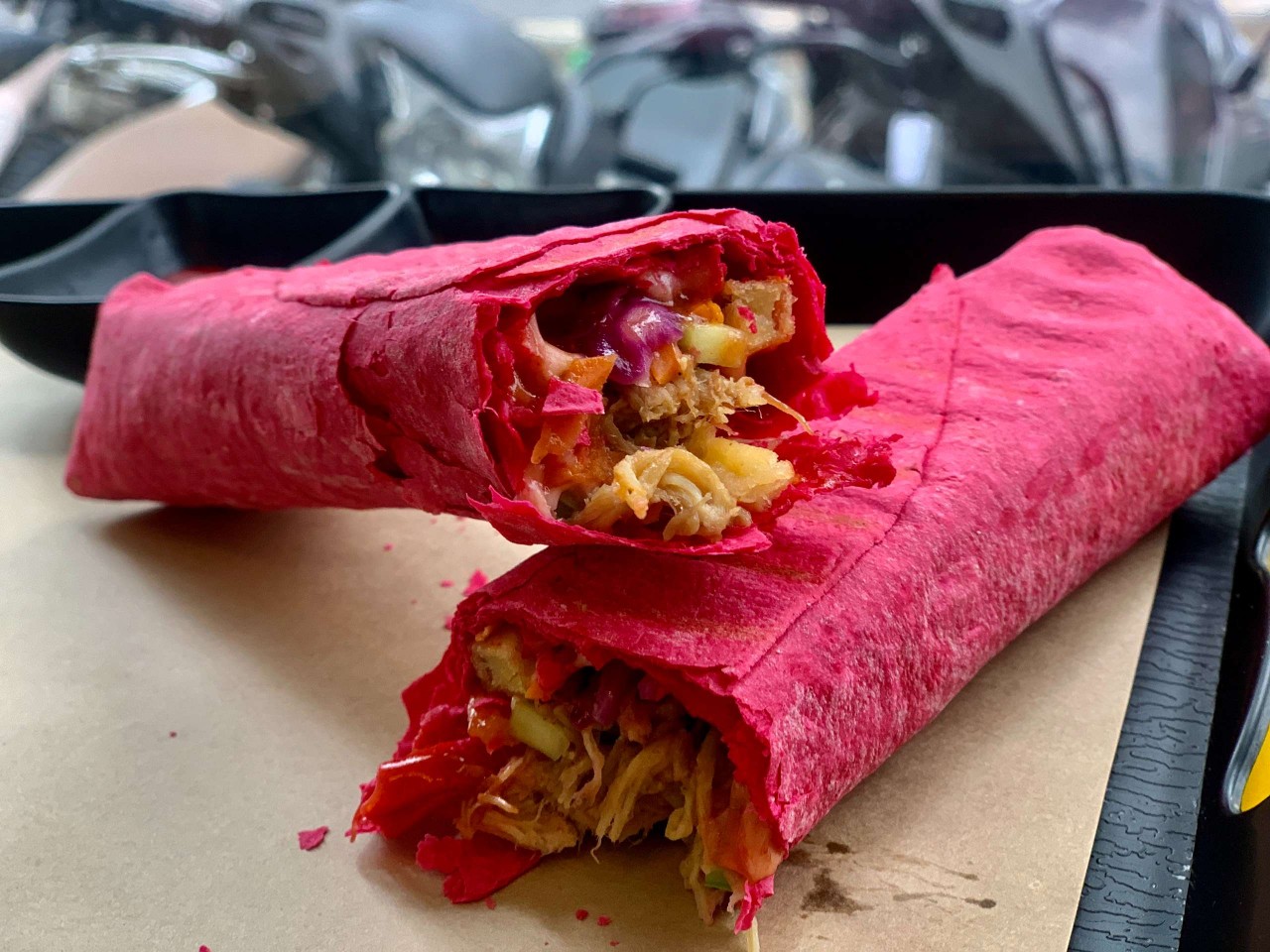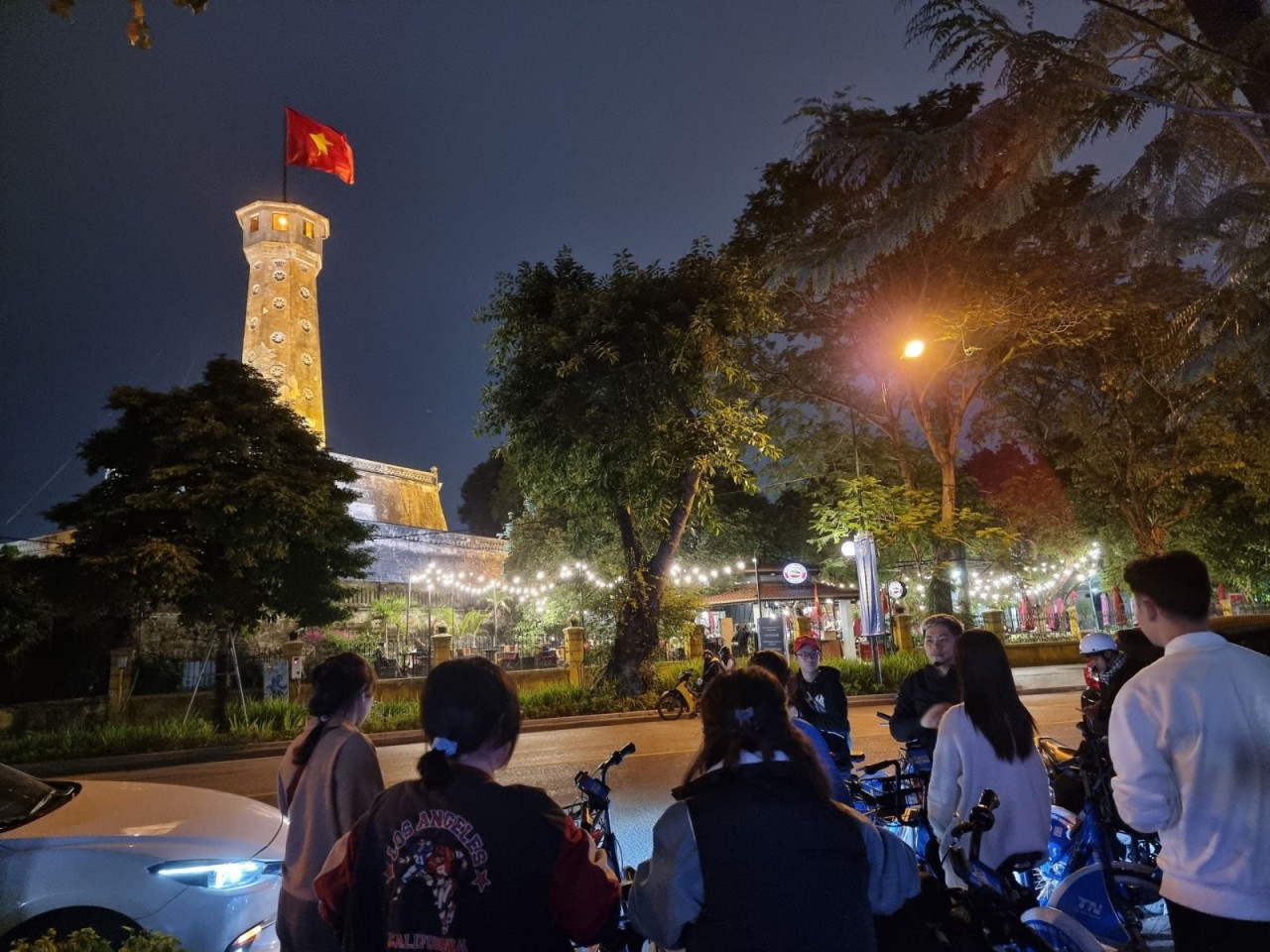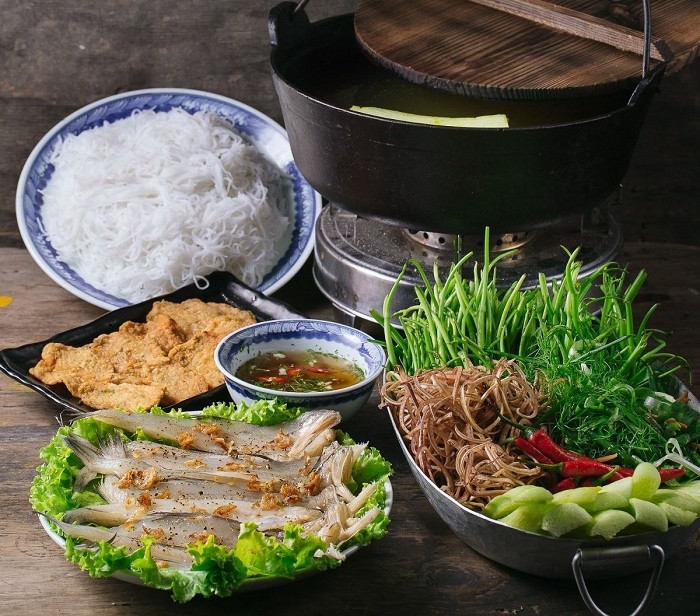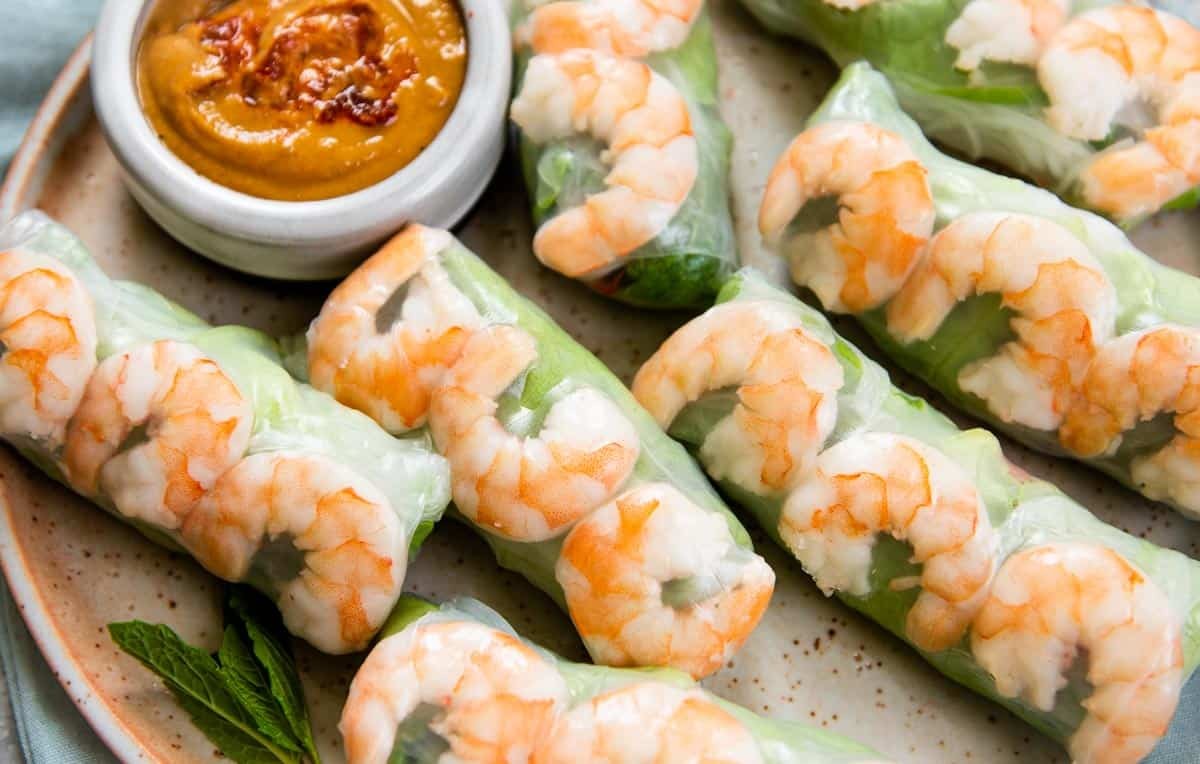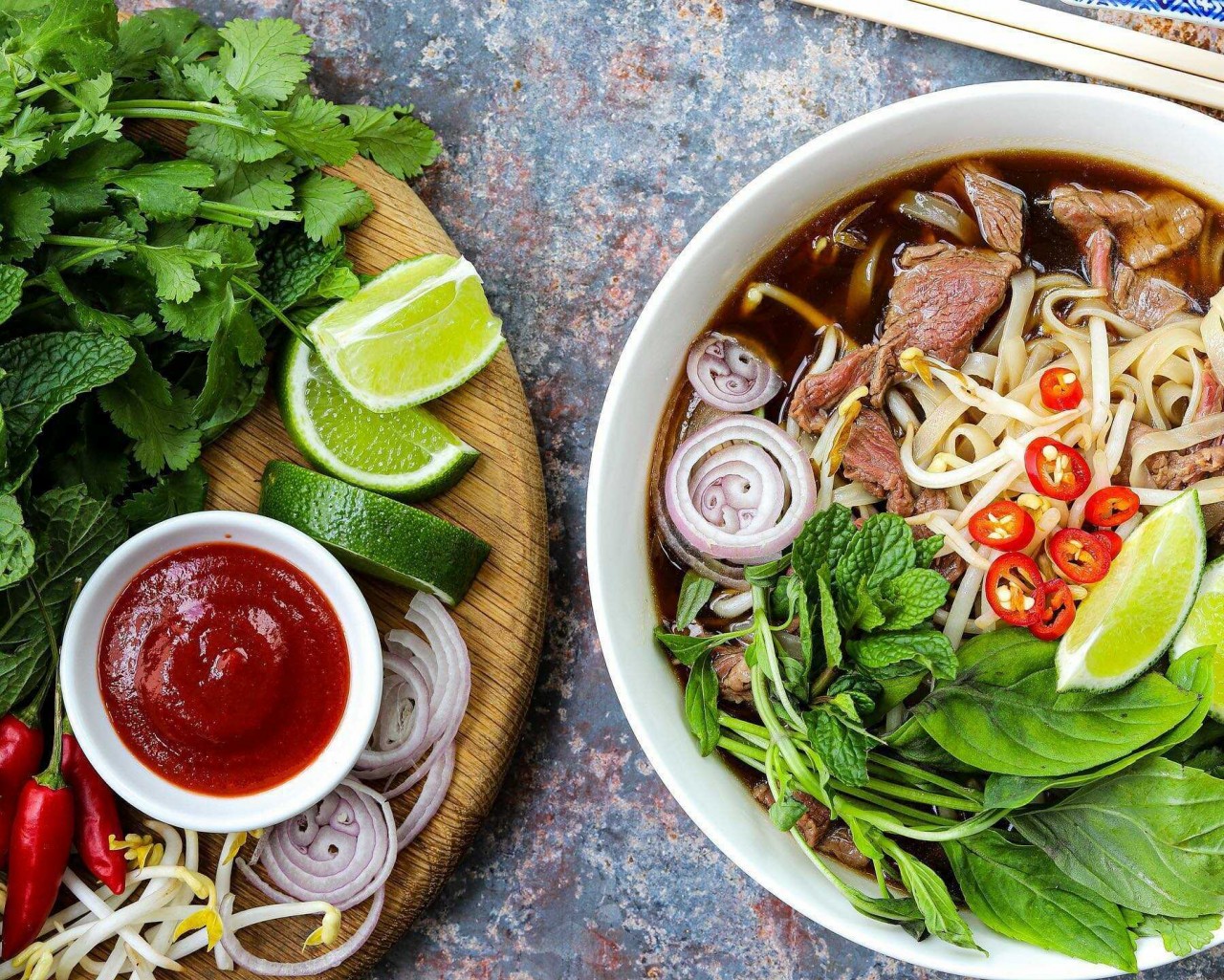Five special and delicious Chinese snacks you can try in a market in Saigon
Chives cake
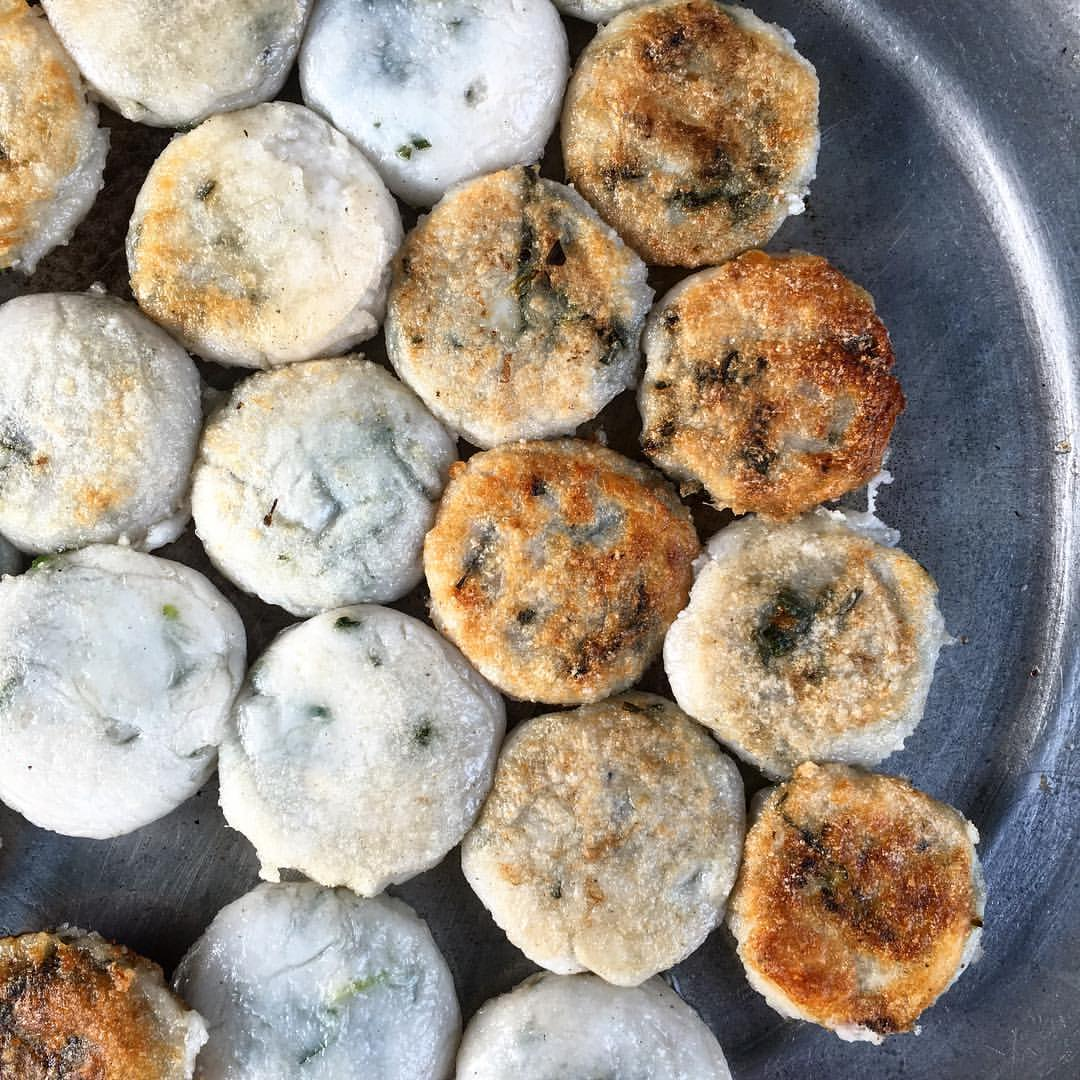 |
| Photo: Indochina Voyages |
Chives cake is made from rice flour and chives leaves, the cake is flat or square in shape. The Chinese get rice flour mixed with boiling water, knead with their hands until the dough is soft, supple, and smooth, chives leaves are cut into pieces, mixed with rice flour, and steamed. When eating, crispy bread on a hot pan. Nowadays, many people change cakes with radish filling, sliced cassava roots with lean meat.
Some Chinese vendors sell fried chive cakes with eggs, pickled radish, garlic, and spring onions. These cakes are typically served with chili vinegar fish sauce and dab of grated papaya.
Often, beetroot is added to the mix for an attractive, bright-pink color. A cake costs VND5,000-10,000 ($0.22-0.43).
Chinese steamed buns
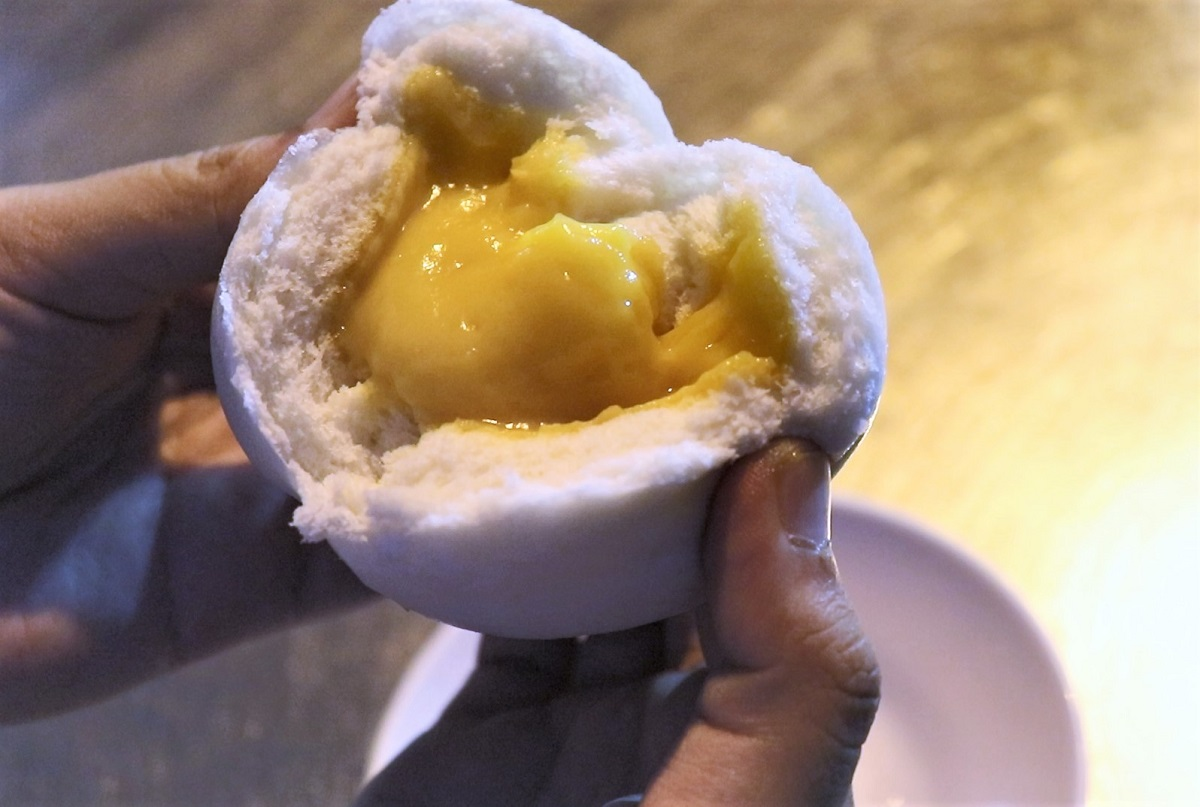 |
| Photo: VnExpress |
Mántóu (馒头), also known as Mó (馍), refers to plain steamed buns which originated from China. They are usually made of white wheat flour, but other ingredients, such as corn flour, sweet potato, pumpkin, are sometimes added to the dough. As a popular staple, Mantou has a firm position on Chinese families’ dinner table.
In regions of northern China, Mantou is also a festive food prepared for the New Year. For this occasion, apart from regular round ones, they are made into all kinds of shapes, such as flowers, butterflies, animals, etc., and decorated with dried Chinese dates (Jujube).
Chinese dumplings are available in hot or cold varieties. Hot dumplings have 3 types of filling, namely cadé, char siu, Kim sa, steamed hot, soft and fragrant shell, can be eaten with dumplings. In the photo are caffeinated dumplings with a smooth and fatty filling, fragrant with eggs and milk. The price for each one is 10,000 VND.
The dumplings are usually steamed, let cool, sweetened with green beans, coconut, taro, and green beans. On the face of this kind of dumplings, there is an image of Phuc with the meaning of praying for good and good luck. In addition, the Chinese also have a variety of non-human dumplings made from flour, granulated sugar, steamed sweet potatoes to eat with roast pork.
Willow leafcakes
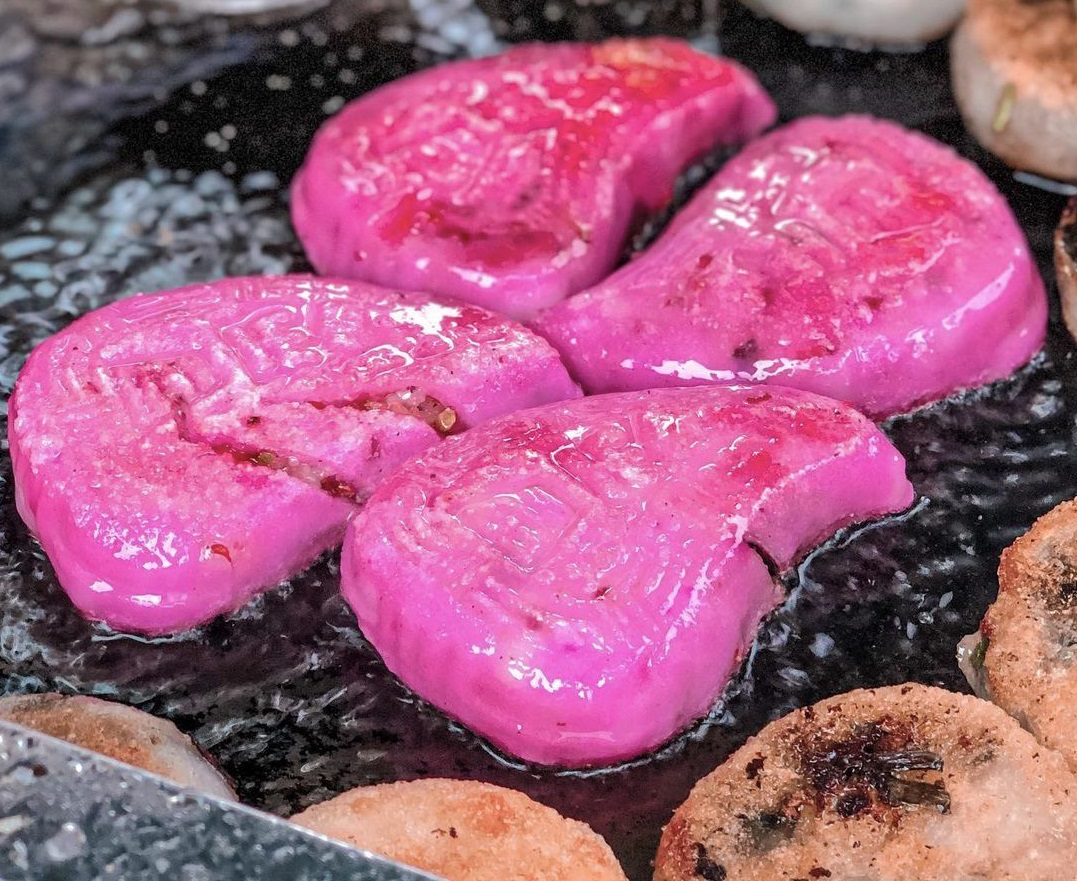 |
| Photo: VnExpress |
Willow leaf cake, also known as peach- leaf cake, is a familiar snack of the Chaozhou people (Tieu people). The crust is made from dumplings, the inside is filled with sticky rice, dried shrimp, meat, pickled radish, and onions, very similar to salty sticky rice. The cake has a purple color like peaches, so it is also considered a symbol of luck and longevity. The Tieu people often buy willow leaf cakes to worship on the anniversary of their death.
A portion of a la lieu cake fried with an egg, pickled radish, spring onions and garlic costs VND35,000 ($1.52).
Flour cakes
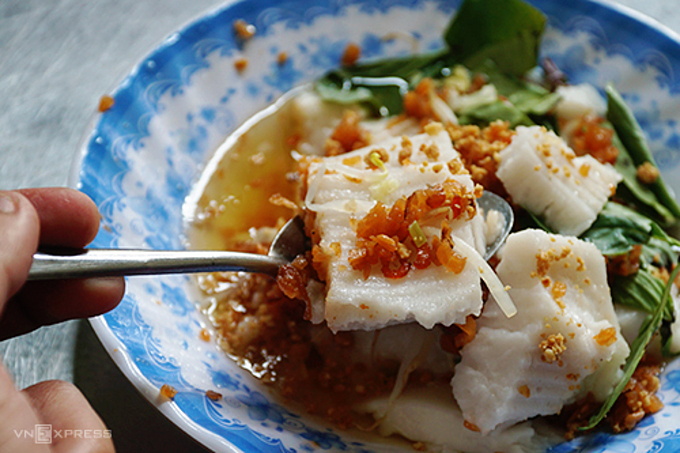 |
| Photo: VnExpress |
Bot cakes (flour cakes) are served with sweet and sour fish sauce. They are typically made from rice flour without meat or wood ear. Cinnamon leaves and sprouting could help elevate these cakes.
The making process of this steamed rice cake is quite similar with Chinese rice fa gao, but they tastes quite different. Bai Tang Gao is fluffy and chewy and taste best when cold, while rice fa gao is fluffy but soft. Rice Fa gao should be severed warm.
Although the process seems quite simple, there are lots of reasons can lead to failure. A successful Bai Tang Gao should presents honeycomb texture in center and tastes chewy after cooling down. Following are some of the tips Elaine summarized to help you avoid mistakes.
The proofing time actually depends on the room temperature. It may take 2 hours in summer days, but quite longer in winter. A good solution is to place the rice batter into the oven with fermentation function (around 38 degree C). If your oven does not provide this function, place a cup of boiling water within the oven and close it.
Bring the water to boil before pouring the rice batter in is extremely important for the honeycomb texture. We need the air steam hot enough to go through the batter and create the bubbles inside.
Do not use any oil with strong taste, for example peanut oil. Otherwise, they will spoil the faint rice aroma.
The cakes are often sold as an afternoon snack. Each portion costs VND15,000 ($0.65).
Radish cakes
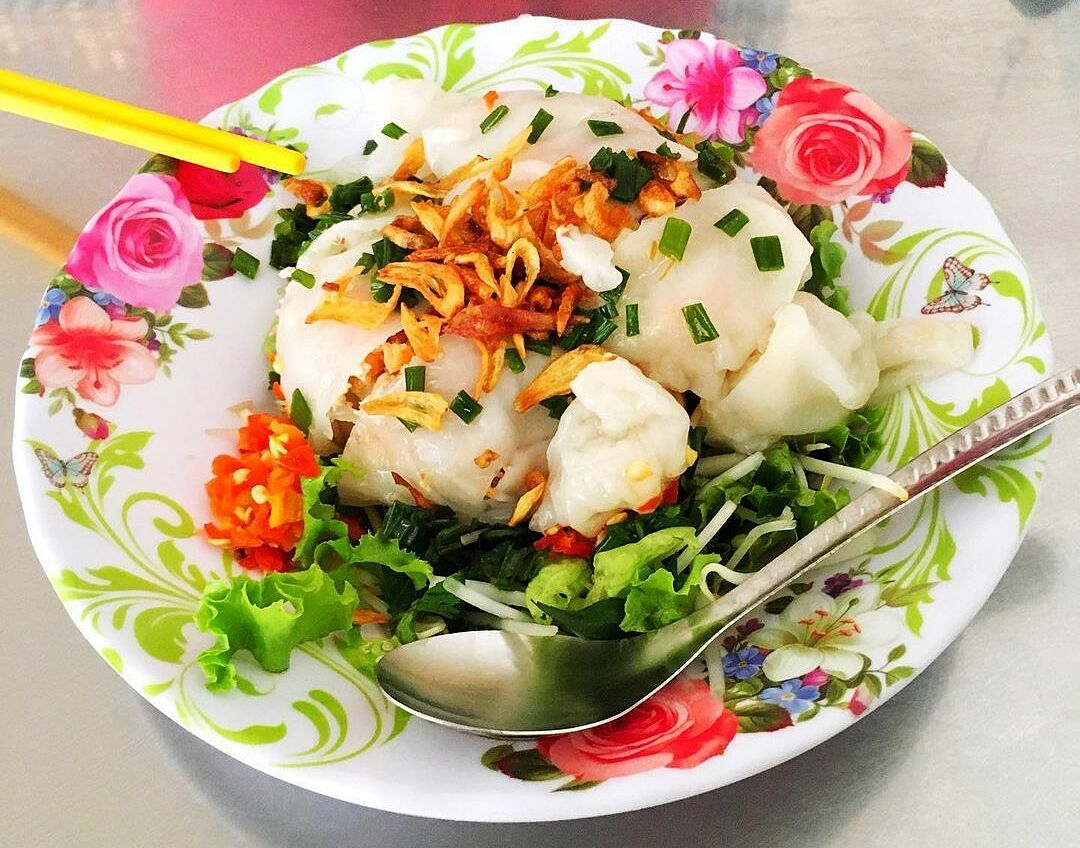 |
| Photo: VnExpress |
Turnip cake (traditional Chinese: 蘿蔔糕; simplified Chinese: 萝卜糕; pinyin: luóbo gāo; Cantonese Yale: lòbaahk gōu) is a Chinese dim sum dish. The less commonly used radish cake is a more accurate name, as Western-style turnips are not used in the dish but rather shredded radish (typically Chinese radish) and plain rice flour. It is traditionally called carrot cake in Singapore.
Turnip cake is commonly served in Cantonese yum cha, usually cut into rectangular slices and sometimes pan-fried before serving. Each pan-fried cake has a thin crunchy layer on the outside from frying, and is soft on the inside. The non-fried version is soft all over. It is one of the standard dishes found in the dim sum cuisine of China as well as overseas Chinatown restaurants. It is also commonly eaten during Chinese New Year, since the word for radish (菜頭, chhài-thâu) is a homophone for "good fortune" (好彩頭, hó-chhái-thâu) in the Hokkien language. In Taiwan, turnip cake is also commonly eaten as part of a breakfast in Chinese speaking areas.
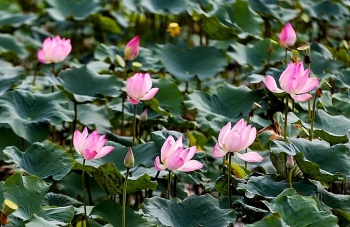 | Lotus season in full swing in Saigon's town Tam Da in Thu Duc City is arguably the best known lotus lake in Ho Chi Minh City (HCMC) and a favourite check-in site for ... |
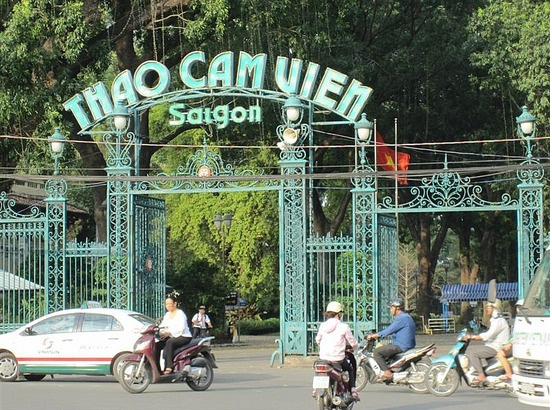 | Saigon’s oldest zoo incurs heavy loss due to Covid-19 The Saigon Zoo and Botanical Gardens Co. Ltd posted a nearly VND 7 billion ($304,231) loss in 2020 due to the impacts of the Covid-19 ... |
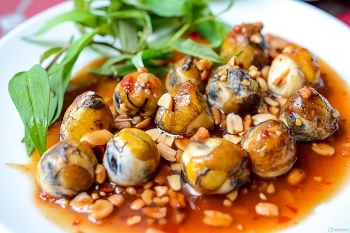 | Top 10 must-try dishes on Saigon's Ho Thi Ky street Ho Thi Ky street is one of the most famous food streets recommended to visitors in Saigon. This is the favorite destination of young people ... |
In topics
Recommended
 Handbook
Handbook
Vietnam Moves Up 8 Places In World Happiness Index
 Handbook
Handbook
Travelling Vietnam Through French Artist's Children Book
 Multimedia
Multimedia
Vietnamese Turmeric Fish among Best Asian Dishes: TasteAtlas
 Handbook
Handbook
From Lost to Found: German Tourist Thanks Vietnamese Police for Returning His Bag
Popular article
 Handbook
Handbook
Prediction and Resolution for the Disasters of Humanity
 Handbook
Handbook
16 French Films To Be Shown For Free During Tet Holiday In Vietnam
 Handbook
Handbook
Unique Cultural and Religious Activities to Welcome Year of the Snake
 Handbook
Handbook


